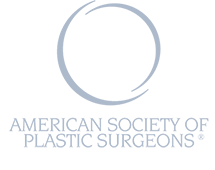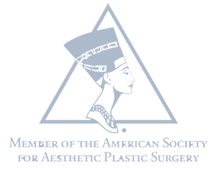Otoplasty (Ear Surgery)

Commonly known as ear surgery, otoplasty is a plastic surgery procedure which can reduce the size of large ears, and can also be utilized for ‘ear pinning’, the setting of prominent ears back closer to the head. Otoplasty may also be used to treat certain deformities of the ear including lop ear, cupped ear, and shell ear, as well as large or stretched earlobes and lobes with large wrinkles and creases.
Dr. Andrew Kleinman is a board-certified plastic surgeon with extensive experience in otoplasty. Working closely with you, he will develop a treatment plan specific to your needs that can best accomplish you desired look. While otoplasty may be performed at any age after four, it is often recommended that it be performed early on to help minimize teasing in school that children with large or protruding ears may experience. As with all surgery, individuals considering otoplasty should have realistic expectations for the outcome and be in good health.
OTOPLASTY PROCEDURE
Your otoplasty surgery will be performed at our Westchester clinic with either local anesthesia and sedation or with general anesthesia. General anesthesia is commonly used for young children while local anesthesia and sedation may be used for older children and adults. An average of two to three hours is typically needed to perform the surgery. Incisions are commonly placed in the back of the ear, resulting in small, well-concealed scars. Several techniques may be used to treat the ears, depending on whether the ears are being pinned, or if a different procedure is taking place. The cartilage may be sculpted to a more desirable shape and bent back toward the head with stitches used to help maintain the new shape. In other cases a large piece of cartilage may need to be removed and a more natural-looking fold created, or the cartilage may simply be folded back onto itself to reshape the ear with stitches used to secure the shape.
OTOPLASTY RECOVERY
Recovery after otoplasty will involve some swelling and redness of the ears. Patients may also experience some numbness, throbbing, and aching for the first few days which can be countered with medication. Bandages applied after surgery will be replaced with a lighter, headband-like dressing after a few days. Surface stitches are usually removed within about one week. Most otoplasty patients are back to work or school within five to seven days after surgery.







